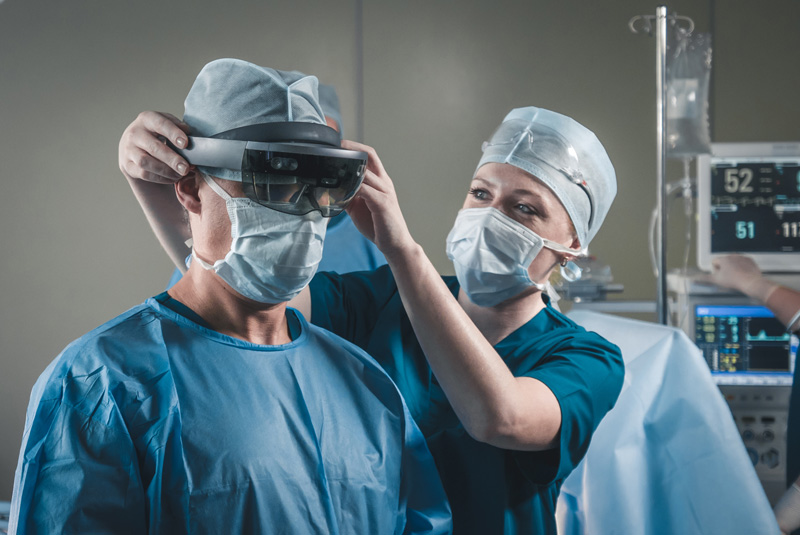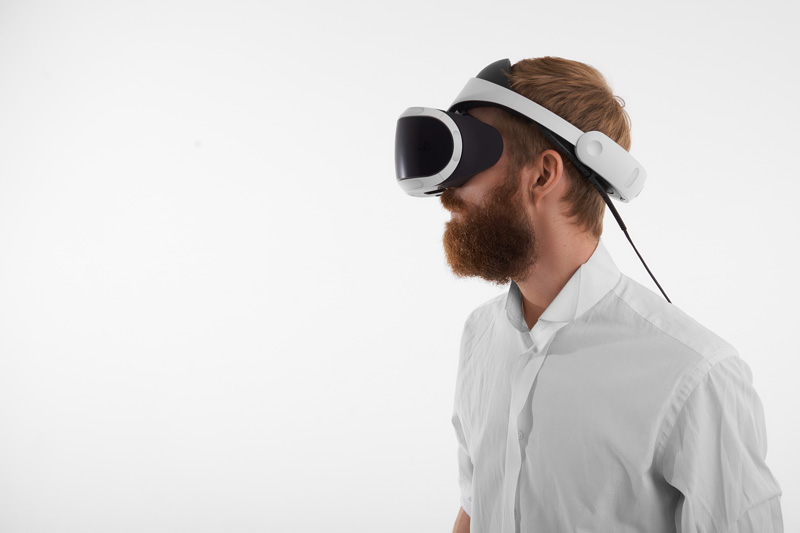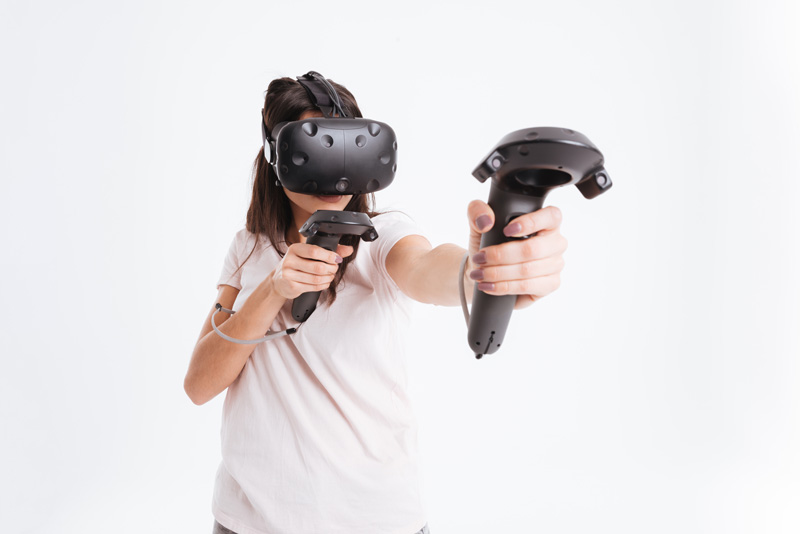The difference between augmented reality (AR) and virtual reality (VR)
A simple explanation on what’s what between AR and VR
By Niccolò Maria Menozzi
Virtual reality and augmented reality have been around for years now, yet people still get the two mixed up. In this article you will find a clear and concise explanation of their main characteristics.
Augmented reality
Augmented reality (AR) adds digital information to the real environment with an overlay system that combines the image of what actually exists with elements generated by software.
You use AR thanks to the screen of a smartphone, a tablet or glasses that are designed specifically for this kind of technology (for example Google Glass). A software (usually a mobile app or web app) interacts with certain tools and sensors of the mobile device that allow it to show the content it was designed for.

These applications usually require the use of a camera to collect visual information from the surrounding environment.
The camera captures real elements and the AR software recognises them and adds the overlapping elements that the user can see and interact with through the device screen.

Augmented reality doesn’t necessarily require visual elements. This is the case of apps that give audio input. One example could be Android’s Zombies, run! which gives the user a series of podcasts to listen to about a pretend zombie apocalypse. As you listen, the world falls into ruin and you have to run at a good pace to stay away from the zombie moans as they get closer.
In short, AR enriches the surrounding reality with digital content. It does not isolate the user from the context they find themselves in as virtual reality does.
In a B2C context it can be used to offer consumers a wider range of experiences, interacting with physical products and labels that can be recognised by the AR app, to give instant access to additional material (videos, offers, alternatives, further information etc.).
In other work sectors it can offer technical support during teaching or interventions on machines and installations.
For example, during complex maintenance drilling it can also be used to show non visible elements such as plumbing or electronic networks. There are really numerous potential uses.

Virtual reality
Virtual reality does not integrate the world around us, but places the sight (and sometimes the hearing) of the user in an isolated environment. To experience virtual reality you need a special headset that isolates your view, excluding the real environment.
There are various headsets such as Oculus Rift, Oculus Go or Samsung Gear VR and Google Cardboard which instead are connected to a smartphone (Youtube also offers a lot of VR/360 content which is accessible in this way).

Thanks to virtual reality, the user can shift their gaze in any direction just like in the real world. The only difference is that what they see is wholly generated by software which shows an imaginary 3D graphic modelled environment, or a simulation of a real environment created with special 360° cameras.
The possibilities with VR are endless: video games, virtual showrooms, 1:1 scale architecture prototypes… In general the only limits are the imagination of the designers and the level of interaction of the user with the environment they are immersed in.
The differences in terms of hardware and technological limitations
The two technologies we have been speaking about are growing and have great potential. However, they still have some technical limitations that limit their spread.
For AR, the next big step will be the production of low-cost AR glasses. Their spread will pave the way to truly frictionless experiences, increasing their practicality compared to smartphones and tablets.
With regard to VR, devices have been developed in the last few years to enrich this type of experience, going beyond the visual aspect in user involvement. This hardware mainly includes joysticks that allow you to interact with the virtual world, such as those developed for smartphones by SBS, and multidirectional treadmills such as the KAT Walk C by KAT VR or the Infinadeck treadmill which offer the user high levels of movement, without the limits set by the actual space surrounding them.

As with AR, in this case users are also waiting for a technological breakthrough that can cut costs while maintaining high level graphics and a user-friendly experience.
Now that you have a clearer picture of the difference between the two technologies, if your company is interested in augmented reality, contact us, we have the professionals you need.